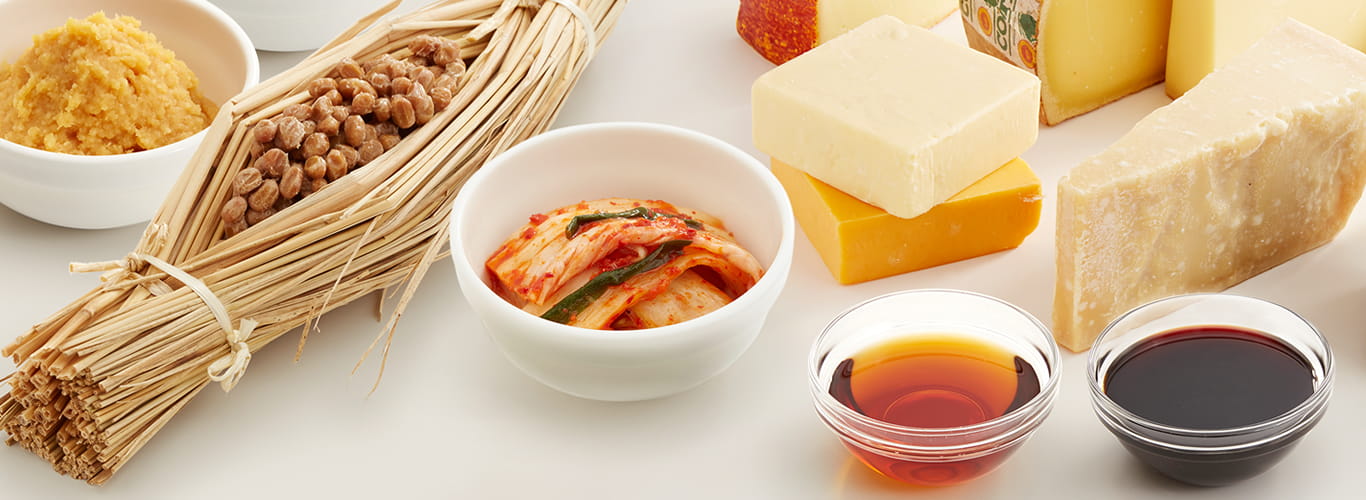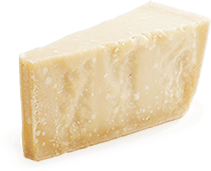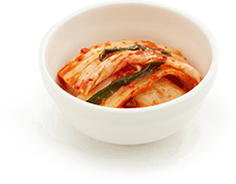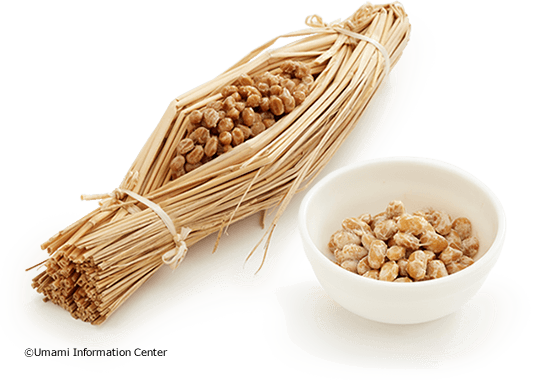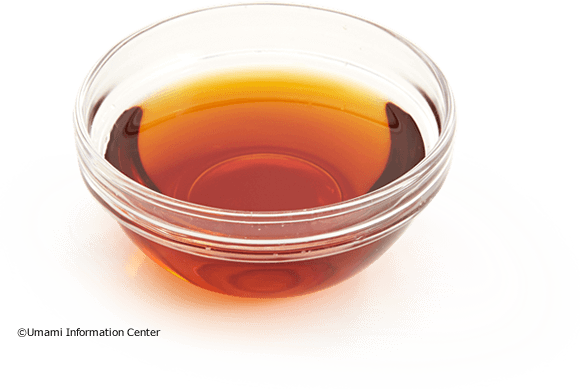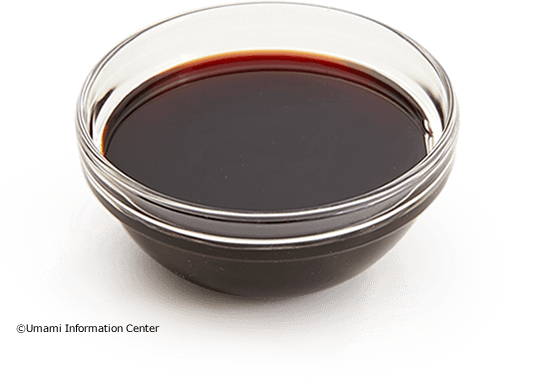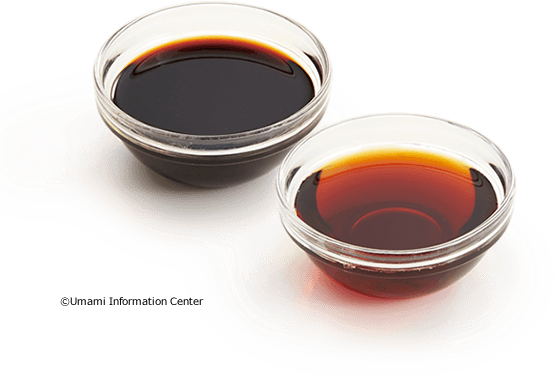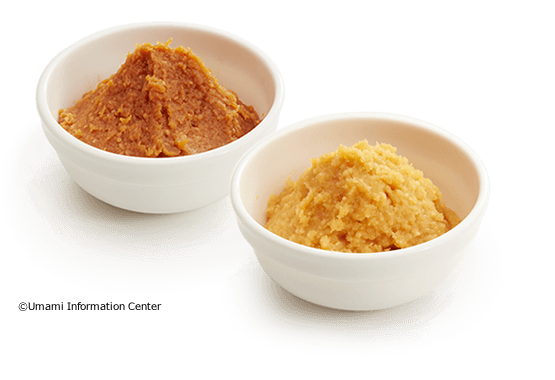A seasoning made primarily from soybeans, which are mixed with rice malt and salt, then fermented. The protein in the soybeans is broken down by fermentation into amino acids, and miso contains a large
amount of the umami compound glutamic acid. This is an essential seasoning for Japanese cuisine on the same level as soy sauce. There are many types of miso. Depending on the type of rice malt, the miso
is classified as kome miso, mugi miso, or mame miso. Of those, kome miso makes up about 80% of total production. Depending on the amount of salt, miso is divided into amami miso (salt content 5-7%),
amakuchi miso (salt content 7-13%), and karakuchi miso (12-14%). And miso is further classified depending on its color.
- Levels of naturally occurring glutamate(mg/100g):200~700

